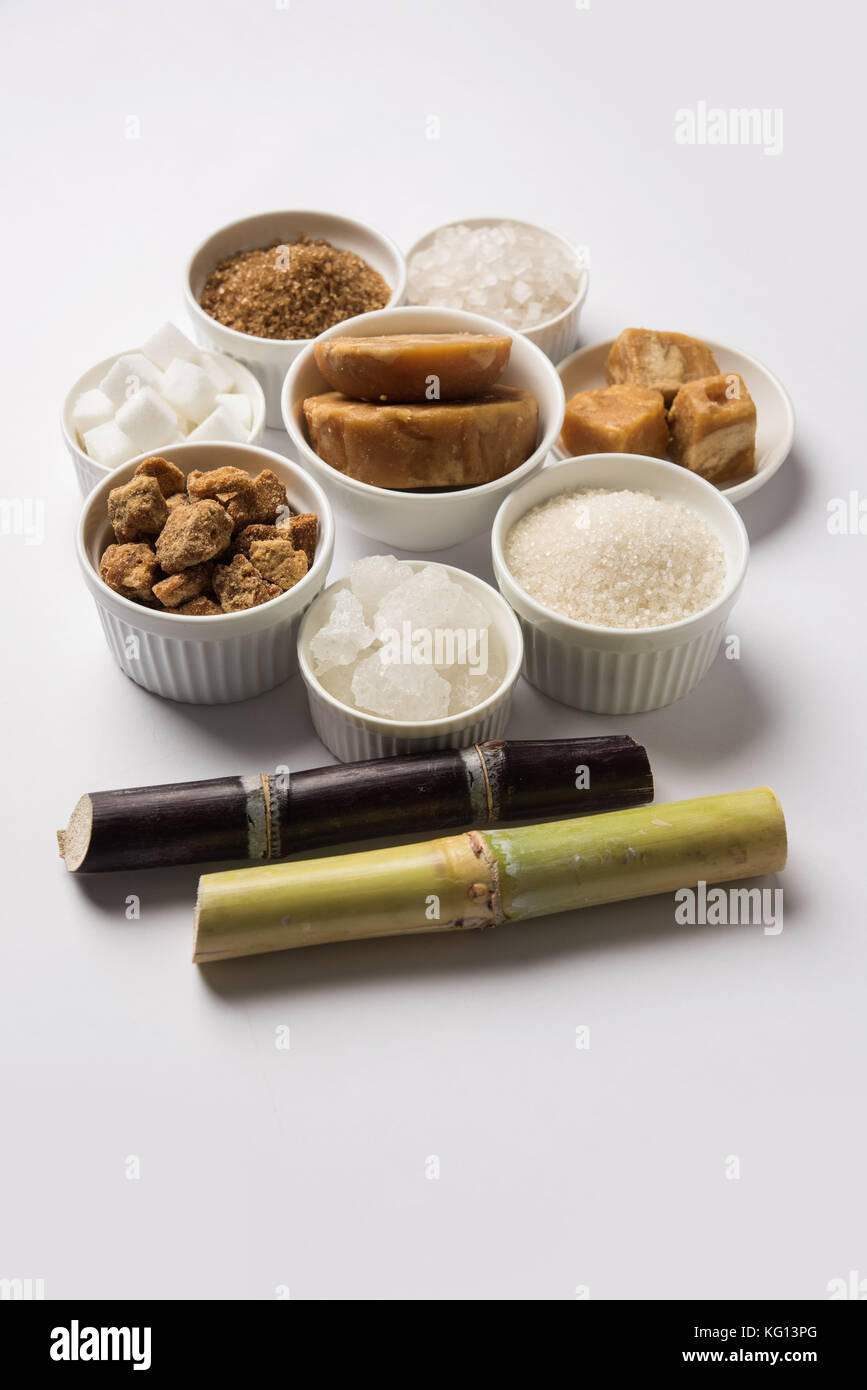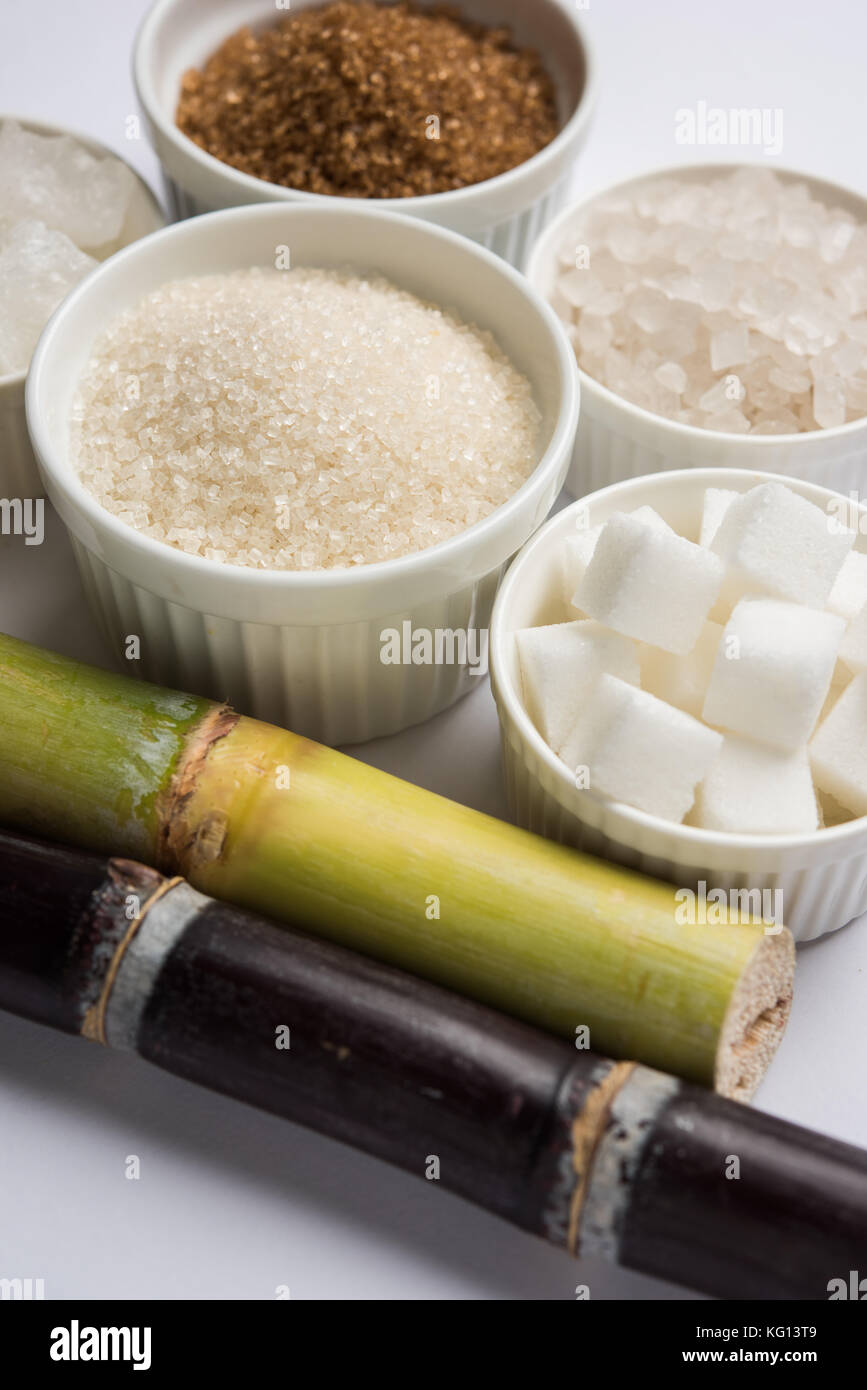Innovative sugar cane products That Are Transforming Global Agriculture
A Deep Study Sugar Cane: Insights on Production, Product, and Item Growth
Sugar cane plays a critical role in farming, underpinning economies in tropical regions. Its farming entails intricate procedures influenced by various environmental aspects. Growers face considerable challenges, consisting of environment adjustment and market variations. Innovations in item development are arising in response to progressing consumer demands. Recognizing these characteristics is important for realizing the future of this crucial plant and its effect on global markets. What lies ahead for sugar cane and its myriad applications?
The Significance of Sugar Cane in Global Farming
Sugar cane offers as an important crop in international agriculture, underpinning economic situations and food systems in numerous tropical areas. This versatile plant is mainly grown for its high sucrose material, which is refined right into sugar, a standard ingredient in numerous food products. Beyond sweetening, sugar cane is also essential for producing biofuels, particularly ethanol, adding to power sustainability.The financial importance of sugar cane prolongs to work, offering livelihoods for numerous farmers and employees in processing facilities. In several nations, sugar cane growing and processing represent substantial sections of farming GDP, influencing trade balances and local development.Additionally, sugar cane's versatility to different environments boosts its value as a plant, making certain constant supply in international markets. Its by-products, consisting of molasses and bagasse, even more diversify its energy, making it an important part in food, power, and market. Generally, sugar cane remains a keystone of agricultural efficiency worldwide.
Cultivation Processes: From Growing to Harvest
Growing sugar cane includes a series of well-defined procedures that assure ideal growth and yield. The cultivation begins with land preparation, where the dirt is tilled to secure ideal aeration and water drainage. Following this, seed cane, which contains fully grown stalks, is picked and reduced into sections (sugar cane products). These sectors are after that planted in furrows, ensuring correct spacing to enable sunlight and nutrient access.Once grown, irrigation systems are used to maintain adequate wetness levels, as sugar cane grows in moist problems. Weeding and parasite administration are crucial throughout the expanding duration to minimize competition for sources. Nutrient application, including fertilizers, sustains robust development. As the plants grow, checking for diseases and pests continues.Harvesting generally happens 10 to 24 months post-planting, relying on the range. The canes are cut short, making sure very little waste, and are promptly delivered for processing to maintain sugar top quality
Geographical Circulation of Sugar Cane Production
The geographic distribution of sugar cane production is greatly shaped by certain climate and soil needs. Significant generating nations, such as Brazil, India, and China, take advantage of tropical and subtropical climates that support the plant's growth. Comprehending these variables gives understanding into the global landscape of sugar cane growing.
Major Producing Countries
Sugar cane is expanded in various regions worldwide, specific nations dominate production due to beneficial environments and farming practices - sugar cane products. Brazil leads the worldwide market, accounting for about one-third of total production, thanks to its extensive haciendas and progressed growing strategies. India follows as a significant manufacturer, taking advantage of both desirable weather and a big residential market. China and Thailand additionally rate among the leading manufacturers, with well-established frameworks supporting their sugar markets. Other notable factors include the USA, Mexico, and Australia, each leveraging their special farming systems to enhance output. These countries play an important duty in the sugar cane supply chain, affecting international costs and availability
Environment and Dirt Needs
Ideal climate and dirt problems are important for successful sugar cane production. Sugar cane flourishes in exotic and subtropical regions, requiring warm temperatures in between 20 ° C and 30 ° C (68 ° F to 86 ° F) These plants require bountiful sunshine and rains, preferably between 1,500 to 2,500 millimeters each year, to ensure peak growth. The dirt must be well-drained, productive, and rich in raw material, with a pH degree preferably in between 5.5 and 8.5. Sandy loam or clay loam soils are specifically for sugar cane farming, offering necessary nutrients and drain. Geographic circulation is greatly affected by these elements, with significant production locations situated in Brazil, India, and China, where ecological conditions line up with the plant's demands for development and yield.

Obstacles Dealt With by Sugar Cane Growers
Sugar cane farmers experience considerable obstacles that affect their livelihoods. Climate modification presents uncertain weather condition patterns, affecting crop yield and top quality. Furthermore, market value volatility develops financial uncertainty, complicating long-lasting planning for these farming producers.
Climate Modification Impacts

Exactly how do environment adjustment effects impact the feasibility of sugar cane farming? Climbing temperature levels and erratic weather condition patterns especially test sugar cane growers. Raised warm can cause decreased returns, as the plants battle to prosper in severe conditions. Additionally, transformed rainfall patterns cause either droughts or too much flooding, both detrimental to plant health. Pests and conditions are most likely to multiply in warmer environments, additionally threatening production. Moreover, dirt degradation and salinization as a result of rising water level can lessen click for more cultivatable land. These climatic changes compel cultivators to adjust their methods, commonly calling for investment in new innovations and durable plant selections. Eventually, the sustainability of sugar cane farming hinges on attending to these environment challenges successfully.

Market Rate Volatility
Market value volatility offers considerable challenges for sugar cane growers, affecting their monetary security and preparation. Fluctuations in market value, driven by factors such as international supply and need, weather, and government plans, create uncertainty for producers. This changability makes it tough for growers to forecast earnings and handle overhead successfully. In addition, when costs drop unexpectedly, lots of farmers may have a hard time to cover production expenses, causing potential economic distress. To reduce these risks, some cultivators transform to agreements or hedging techniques, yet these services may not come to all. Consequently, market price volatility stays a persistent worry, affecting the total sustainability and success of sugar cane farming.
Recognizing the Sugar Cane Supply Chain

Market Trends Affecting Sugar Cane Costs
The dynamics of sugar cane rates are influenced by a range of market fads that mirror more comprehensive financial conditions and customer actions. Global demand for sugar and sugar-related items plays an important function, with enhancing rate of interest in natural and sustainably sourced items driving costs higher. Additionally, variations in oil costs affect the cost of production and transportation, additional affecting market prices. Climate patterns are an additional considerable variable; adverse problems can bring about minimized returns and enhanced rates. Profession plans, tolls, and worldwide agreements also form the marketplace landscape, impacting supply chains and schedule. Currency exchange rates can make complex global profession, influencing costs for both exporters and importers. Changes in customer choices toward much healthier alternatives may change need patterns, developing a surge effect on sugar cane rates. sugar cane products. Recognizing these interconnected trends is vital for stakeholders in the sugar market.
Developments in Sugar Cane Product Development
Various developments in sugar cane product advancement are reshaping the sector and expanding its applications. Researchers are discovering different uses beyond traditional sugar, including biofuels, biodegradable plastics, and wellness supplements. Advancements in chemical handling methods have boosted the removal of beneficial substances such as antioxidants and vitamins from sugar cane, promoting its use in useful foods.Additionally, the development i was reading this of genetically changed sugar cane ranges aims to improve yield and resistance to insects, while also enhancing the nutritional profile of the plant. Advancements in fermentation procedures have actually caused the production of high-quality liquors stemmed from sugar cane, attracting a growing market for craft spirits.Moreover, sustainable techniques in cultivation and handling are acquiring grip, with a concentrate on minimizing environmental impacts. These developments not only develop brand-new market possibilities however also cultivate an even more sustainable technique to sugar cane production, lining up with global patterns towards environment-friendly items.
Regularly Asked Inquiries
What Are the Environmental Impacts of Sugar Cane Farming?
The ecological effects of sugar cane farming consist of deforestation, loss of biodiversity, water contamination from fertilizers and chemicals, soil destruction, and greenhouse gas emissions, all of which considerably add to ecological discrepancies and climate modification.
How Does Sugar Cane Farming Affect Local Economies?
Sugar cane growing considerably affects neighborhood economic situations by creating work, stimulating agricultural sectors, and producing revenue for farmers. Nonetheless, it can likewise cause financial dependence and variations based on market needs and environmental problems.
What Are the Main Vermin and Diseases Affecting Sugar Cane?
The major parasites impacting sugar cane include the sugarcane borer and aphids. Illness such as red rot and smut substantially effect yield. Farmers must apply integrated parasite monitoring methods to minimize these dangers effectively.
Just How Is Sugar Cane Processed Into Different Products?
Sugar cane handling involves squashing the stalks to remove juice, adhered to by clarification, dissipation, and crystallization. This process returns raw sugar, molasses, and ethanol, each serving distinct objectives in numerous industries, from food to power.
What Are the Nutritional Aspects of Sugar Cane?
The dietary facets of sugar cane include important vitamins and minerals, especially B vitamins, calcium, and iron. It likewise includes fiber, though mainly composed of sucrose, which provides energy however lacks significant nutrients.